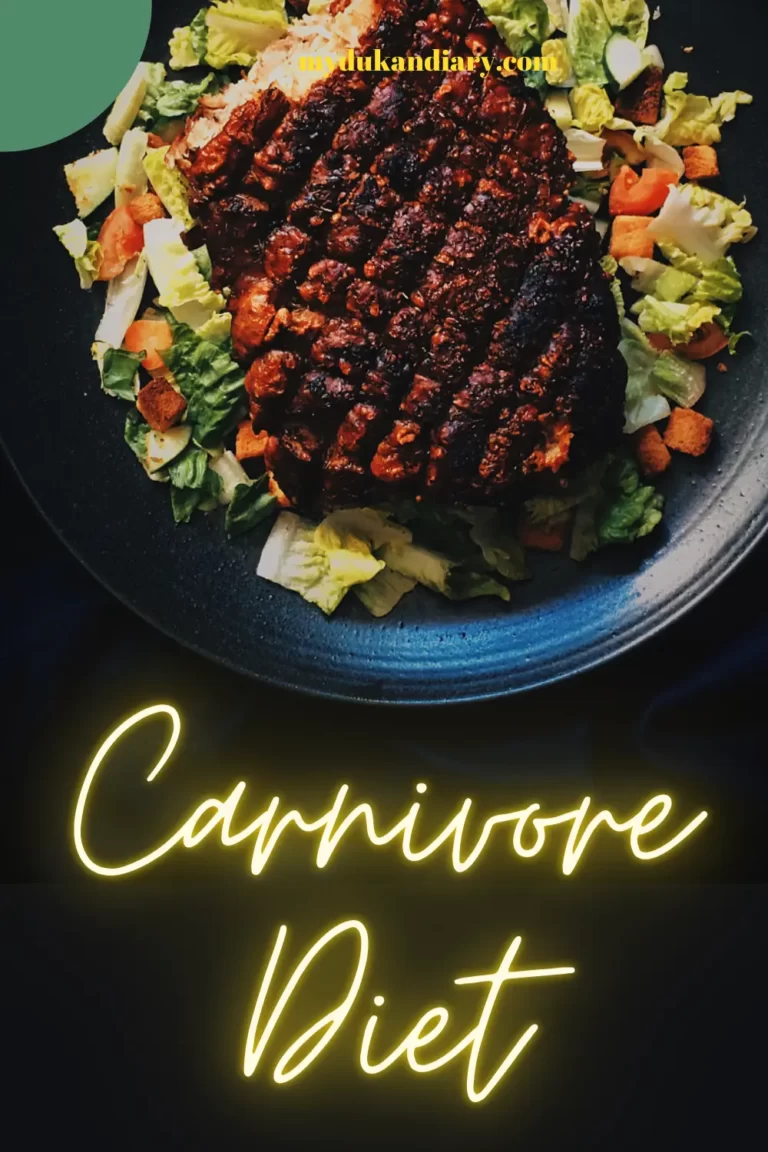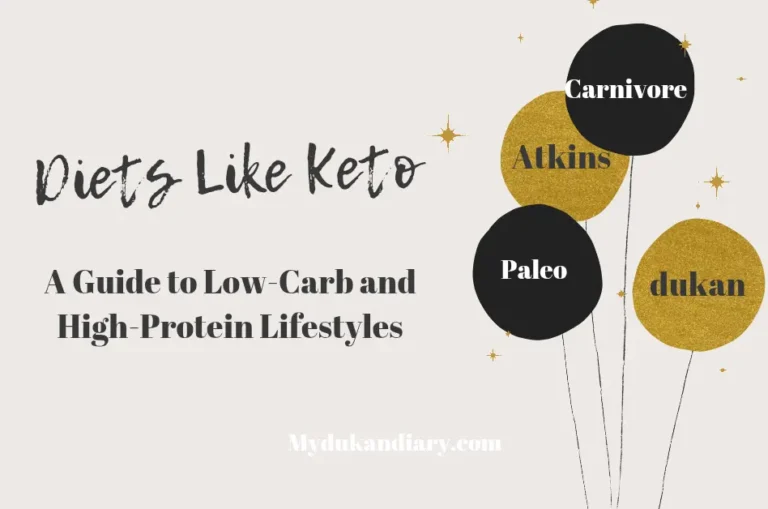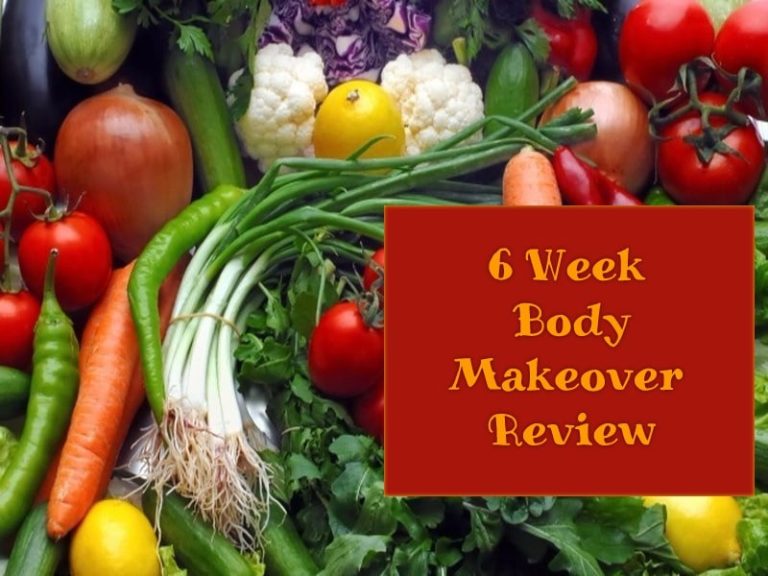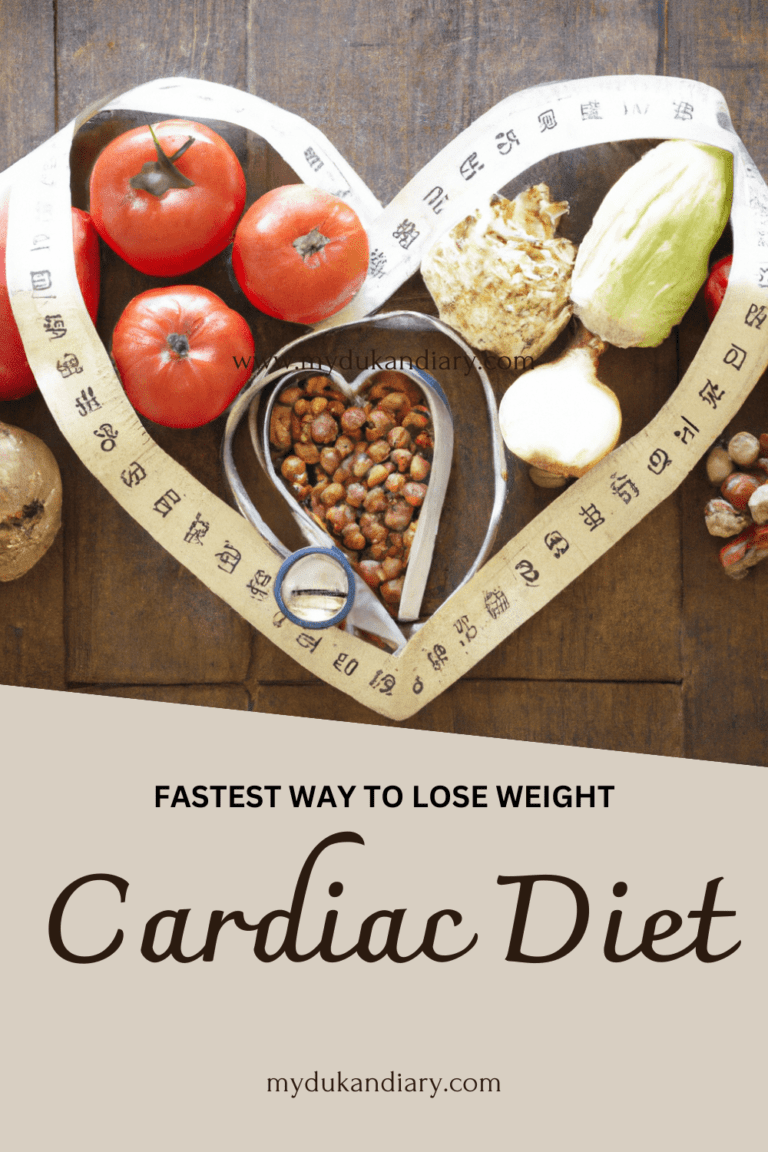The DASH Diet: A Comprehensive Guide to Lowering Blood Pressure and Improving Overall Health
The DASH diet is a popular and effective diet plan that was first introduced in 1997 by the National Heart, Lung, and Blood Institute (NHLBI). It stands for Dietary Approaches to Stop Hypertension and was originally designed to lower blood pressure. However, it has since gained recognition for its overall health benefits.
The DASH diet has been consistently ranked as one of the top diets for overall health and weight loss by U.S. News & World Report. It is also recommended by organizations such as the American Heart Association and the Academy of Nutrition and Dietetics. With its emphasis on whole, nutritious foods and limiting processed and high-sodium foods, the DASH diet is a great option for anyone looking to improve their health and well-being through their diet.
The DASH diet emphasizes a balanced and nutritious eating pattern that includes whole grains, fruits, vegetables, low-fat dairy products, and lean proteins. It also recommends limiting foods high in saturated fats, added sugars, and sodium.
There are many books that discuss the DASH diet, including “The DASH Diet Action Plan” and “The DASH Diet for Weight Loss.” It has also been featured in various health magazines and websites.
One of the main advantages of the DASH diet is its ability to help lower blood pressure and improve heart health. It has also been linked to weight loss and a reduced risk of developing chronic diseases such as diabetes and certain types of cancer.
However, there are some potential downsides to the DASH diet. Some people may find it difficult to follow, as it requires a significant change in eating habits. It also restricts certain foods, which may make it challenging to stick to in the long term.
[content-egg-block template=price_comparison_card limit=1]
Benefits Of DASH Diet
The Dietary Approaches to Stop Hypertension (DASH) diet is a dietary plan designed to help prevent and manage hypertension (high blood pressure). However, its benefits extend beyond just blood pressure control. Here are some key benefits of the DASH diet:
- Blood Pressure Management: The primary goal of the DASH diet is to lower and control blood pressure. It emphasizes foods rich in potassium, calcium, magnesium, and fiber, which have been shown to have positive effects on blood pressure.
- Heart Health: The DASH diet is heart-healthy and can contribute to a reduced risk of heart disease. It promotes the consumption of nutrient-dense foods that are low in saturated and trans fats, cholesterol, and sodium, all of which are important factors for cardiovascular health.
- Weight Management: The DASH diet encourages the consumption of whole, nutrient-dense foods, which can contribute to a healthy weight. It emphasizes fruits, vegetables, lean proteins, and whole grains, while limiting processed and high-calorie foods.
- Improved Cholesterol Levels: The diet’s emphasis on fruits, vegetables, and whole grains, along with the inclusion of lean proteins and healthy fats, can help improve cholesterol levels. This, in turn, supports overall heart health.
- Reduced Risk of Chronic Diseases: Following the DASH diet has been associated with a reduced risk of various chronic conditions, including stroke, kidney stones, and certain types of cancer. The nutrient-rich foods recommended by the DASH diet provide a range of vitamins, minerals, and antioxidants that support overall health.
- Balanced Nutrition: The DASH diet encourages a well-rounded and balanced intake of essential nutrients. It emphasizes the importance of getting a variety of nutrients from different food groups, promoting overall nutritional adequacy.
- Diabetes Management: While not specifically designed for diabetes management, the DASH diet’s emphasis on whole foods and balanced nutrition can be beneficial for individuals with diabetes or those at risk of developing diabetes.
- Lifestyle Support: The DASH diet is not just about what you eat; it also promotes a healthy lifestyle. This includes regular physical activity, moderation in alcohol consumption, and maintaining a healthy weight.
Downsides Of The DASH Diet
While the DASH (Dietary Approaches to Stop Hypertension) diet is generally considered a healthy and balanced approach to eating, there are some potential downsides or challenges associated with it:
- Initial Adjustment: For individuals accustomed to a diet high in processed foods, salt, and added sugars, transitioning to the DASH diet may require some adjustment. This can be challenging for those who are used to a different eating pattern.
- Cost and Accessibility: Emphasizing fresh fruits, vegetables, and whole grains can be more expensive than relying on processed and convenience foods. Additionally, access to fresh produce may be limited in certain geographic areas, making it challenging for some individuals to follow the DASH diet.
- Time and Preparation: The DASH diet often involves more home cooking and meal preparation, which may not be feasible for individuals with busy lifestyles or those who lack culinary skills. Planning and preparing meals with whole, fresh ingredients may require more time and effort.
- Social Challenges: Following the DASH diet may be challenging in social situations or when dining out, as many restaurants and social events may not offer a wide selection of DASH-friendly options. This can make it difficult for individuals to adhere to the diet consistently.
- Individual Variability: While the DASH diet is designed to be a general guideline, individual dietary needs and preferences can vary. Some people may find it difficult to adapt to the recommended food choices, leading to non-compliance.
- Nutrient Deficiency Risk: Depending on individual dietary habits and restrictions, there is a potential risk of nutrient deficiencies, especially if certain food groups are limited or excluded. It’s important to ensure that the diet remains well-balanced and provides all essential nutrients.
- Complexity for Some: The DASH diet involves a combination of specific food choices and recommended serving sizes for different food groups. This complexity may be challenging for some individuals to understand and implement without guidance from a healthcare professional or a registered dietitian.
- Potential for Overemphasis on Numbers: Some individuals may focus too much on meeting specific numerical targets (e.g., grams of sodium or servings of fruits) rather than adopting an overall healthy and balanced approach to eating.
[content-egg-block template=offers_grid limit=6 sort=price order=desc]
DASH Diet Food List
The DASH diet focuses on promoting heart health and lowering blood pressure through a balanced and nutrient-rich approach to eating. Here’s a general food list based on the DASH diet:
- Fruits:
- Berries (strawberries, blueberries, raspberries)
- Apples
- Bananas
- Oranges
- Grapes
- Peaches
- Mangoes
- Pears
- Vegetables:
- Leafy greens (spinach, kale, Swiss chard)
- Tomatoes
- Bell peppers
- Broccoli
- Carrots
- Cauliflower
- Sweet potatoes
- Brussels sprouts
- Whole Grains:
- Brown rice
- Quinoa
- Oats
- Barley
- Whole wheat bread
- Whole grain pasta
- Bulgur
- Lean Proteins:
- Skinless poultry (chicken, turkey)
- Fish (especially fatty fish like salmon, mackerel, and trout)
- Lean cuts of beef or pork
- Tofu
- Legumes (beans, lentils, chickpeas)
- Dairy or Dairy Alternatives:
- Low-fat or fat-free milk
- Yogurt (unsweetened)
- Cheese (in moderation)
- Fortified plant-based milk (soy milk, almond milk)
- Nuts, Seeds, and Healthy Fats:
- Almonds
- Walnuts
- Flaxseeds
- Chia seeds
- Olive oil
- Avocado
- Snacks:
- Air-popped popcorn (without excessive butter or salt)
- Fresh fruit
- Vegetables with hummus
- Nuts and seeds (in moderation)
- Desserts (in moderation):
- Dark chocolate
- Fruit-based desserts
- Yogurt with fresh fruit
- Beverages:
- Water
- Herbal tea
- Coffee (in moderation)
- Limit sugary drinks and alcohol
- Herbs and Spices:
- Use herbs and spices to add flavor instead of excessive salt
- Examples include basil, oregano, thyme, rosemary, garlic, and ginger
It’s important to note that the DASH diet recommends limiting sodium (salt) intake, so be mindful of added salt in cooking and avoid high-sodium processed foods. Additionally, portion control is emphasized, and overall calorie intake should align with individual energy needs and weight management goals.
DASH DIET 1 WEEK MEAL PLAN
Day 1:
Breakfast: Whole grain toast with avocado and scrambled eggs
Snack: Greek yogurt with berries
Lunch: Grilled chicken salad with mixed greens, tomatoes, cucumbers, and balsamic vinaigrette
Snack: Carrots and hummus
Dinner: Baked salmon with quinoa and steamed vegetables
Day 2:
Breakfast: Oatmeal with almond milk, banana, and chia seeds
Snack: Apple slices with almond butter
Lunch: Whole wheat pita stuffed with turkey, spinach, and roasted red peppers
Snack: Edamame
Dinner: Grilled shrimp skewers with brown rice and roasted asparagus
Day 3:
Breakfast: Smoothie made with spinach, banana, almond milk, and protein powder
Snack: Whole grain crackers with low-fat cheese
Lunch: Turkey and avocado wrap with whole wheat tortilla
Snack: Celery and peanut butter
Dinner: Baked chicken breast with sweet potato and steamed broccoli
Day 4:
Breakfast: Whole grain cereal with almond milk and berries
Snack: Hummus and whole wheat pita chips
Lunch: Quinoa and black bean salad with bell peppers, corn, and lime dressing
Snack: Hard-boiled eggs
Dinner: Whole wheat pasta with marinara sauce and grilled vegetables
Day 5:
Breakfast: Whole grain English muffin with scrambled eggs and spinach
Snack: Mixed nuts
Lunch: Grilled chicken breast with whole grain couscous and steamed vegetables
Snack: Apple slices with cottage cheese
Dinner: Baked fish with quinoa and steamed green beans
Day 6:
Breakfast: Whole grain waffles with Greek yogurt and berries
Snack: Hummus and cucumber slices
Lunch: Whole wheat wrap with tuna, avocado, and lettuce
Snack: Trail mix
Dinner: Baked chicken breast with brown rice and roasted Brussels sprouts
Day 7:
Breakfast: Whole grain toast with almond butter and banana slices
Snack: String cheese and grapes
Lunch: Grilled vegetable and feta cheese salad
Snack: Whole grain crackers with tuna salad
Dinner: Turkey chili with whole grain bread and side salad
Now, let’s move on to some commonly asked questions about the DASH diet.
[content-egg-block template=top_listing limit=10]
DASH DIET FAQ
Is the DASH diet only for people with high blood pressure?
No, while it was initially designed to lower blood pressure, the DASH diet is a healthy eating pattern that can benefit anyone.
Can I still eat meat on the DASH diet?
Yes, lean proteins like chicken, fish, and lean cuts of red meat are allowed in moderation.
Is the DASH diet suitable for vegetarians?
Yes, the DASH diet can be modified to meet the needs of vegetarians by replacing meat with plant-based proteins like beans, tofu, and nuts.
How often can I have snacks on the DASH diet?
The DASH diet recommends having two to three small snacks per day, in addition to three main meals.
Can I drink alcohol on the DASH diet?
Alcohol should be consumed in moderation on the DASH diet. This means no more than one drink per day for women and two drinks per day for men.
Are there any supplements recommended on the DASH diet?
No, the DASH diet focuses on getting all necessary nutrients from whole foods, so supplements are not necessary.
Can I eat out while following the DASH diet?
Yes, it is possible to follow the DASH diet while eating out by making healthy choices, such as opting for grilled or steamed options and choosing dishes with lots of vegetables.
Is the DASH diet suitable for children?
Yes, the DASH diet can be adapted for children by ensuring they get enough calories and nutrients for their age and activity level.
Will I lose weight on the DASH diet?
The DASH diet has been linked to weight loss, but individual results may vary depending on factors such as calorie intake and physical activity.
Can I continue the DASH diet for the long term?
Yes, the DASH diet is a healthy eating pattern that can be followed for the long term for overall health and well-being.
I hope this information on the DASH diet has been helpful. Remember to consult with a healthcare professional before starting any new diet plan.
[content-egg-block template=offers_list limit=3 sort=price order=asc]






